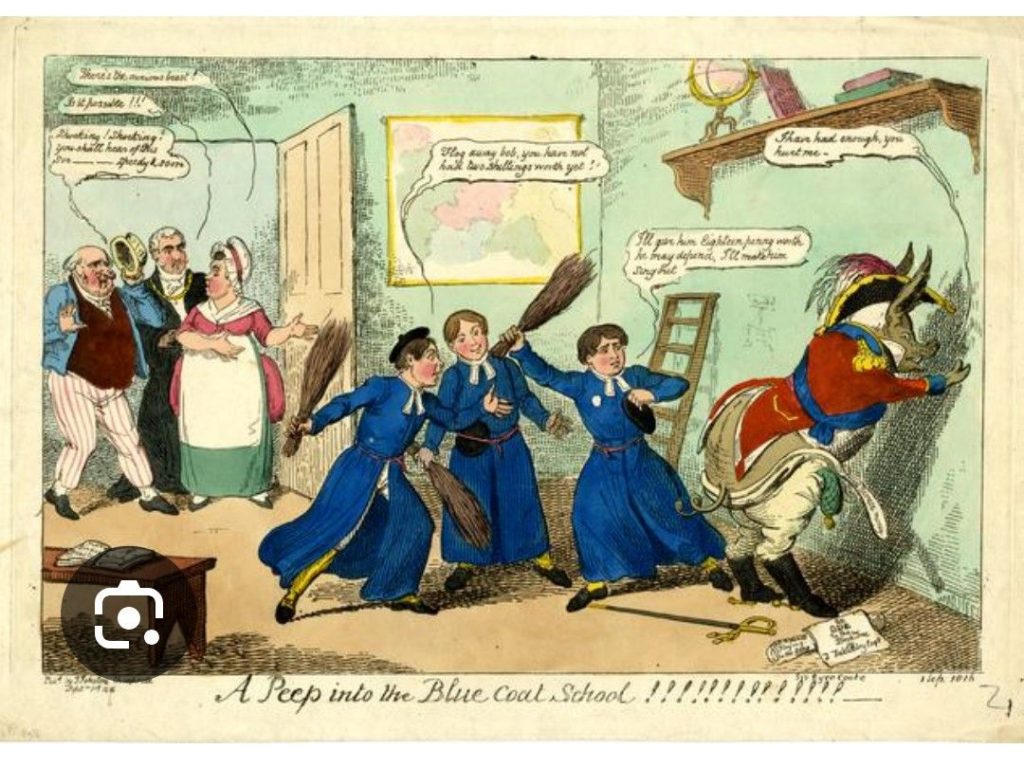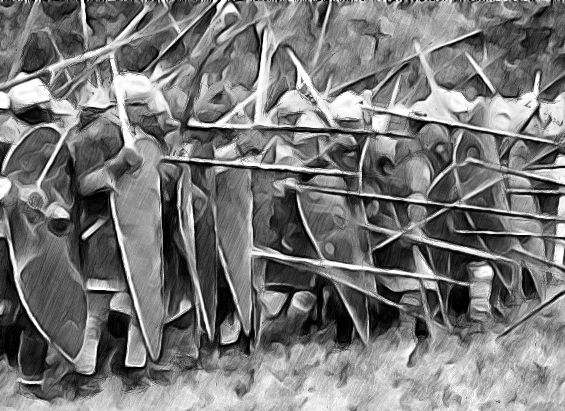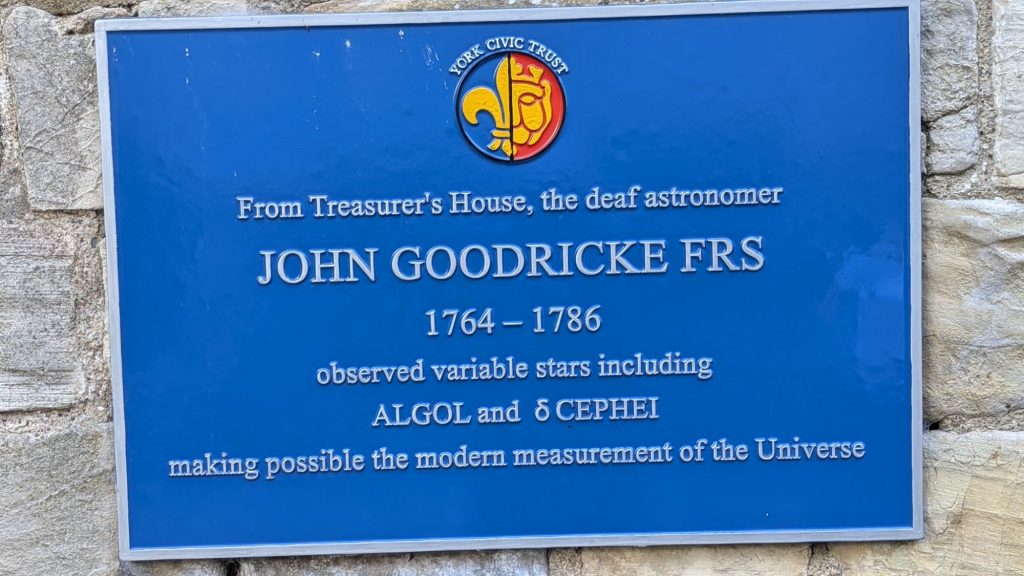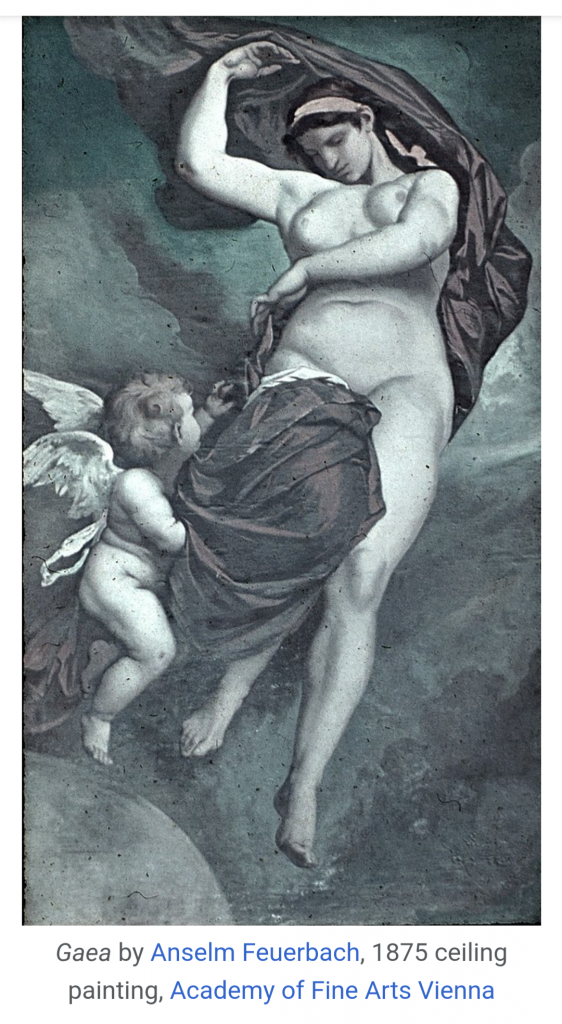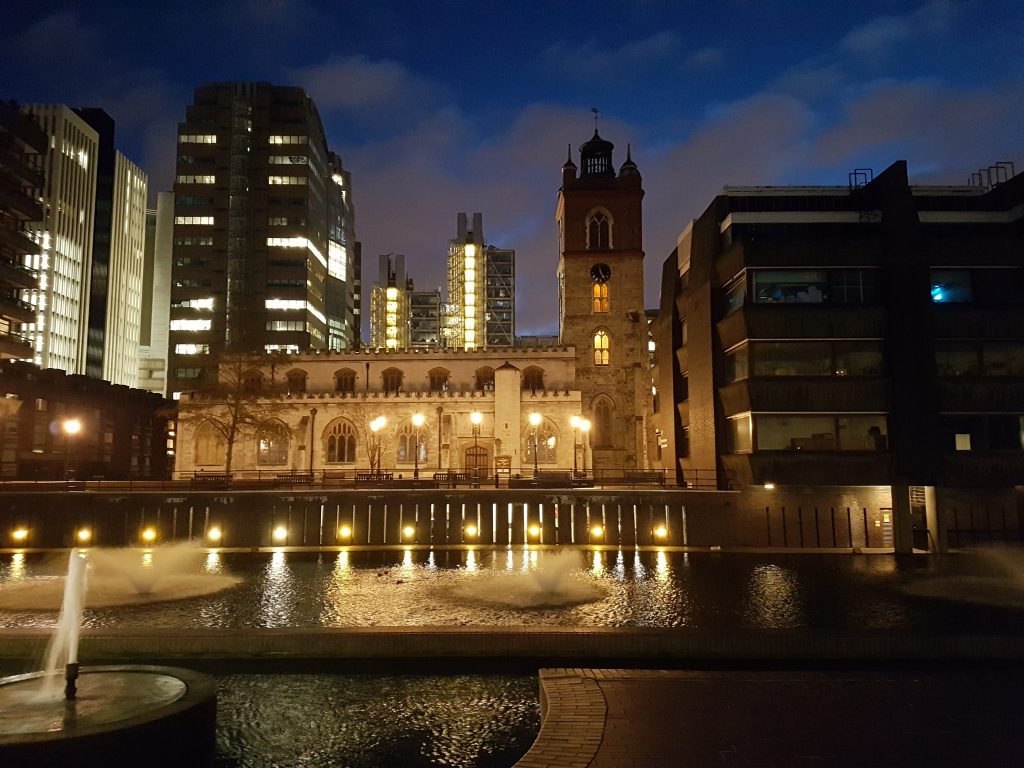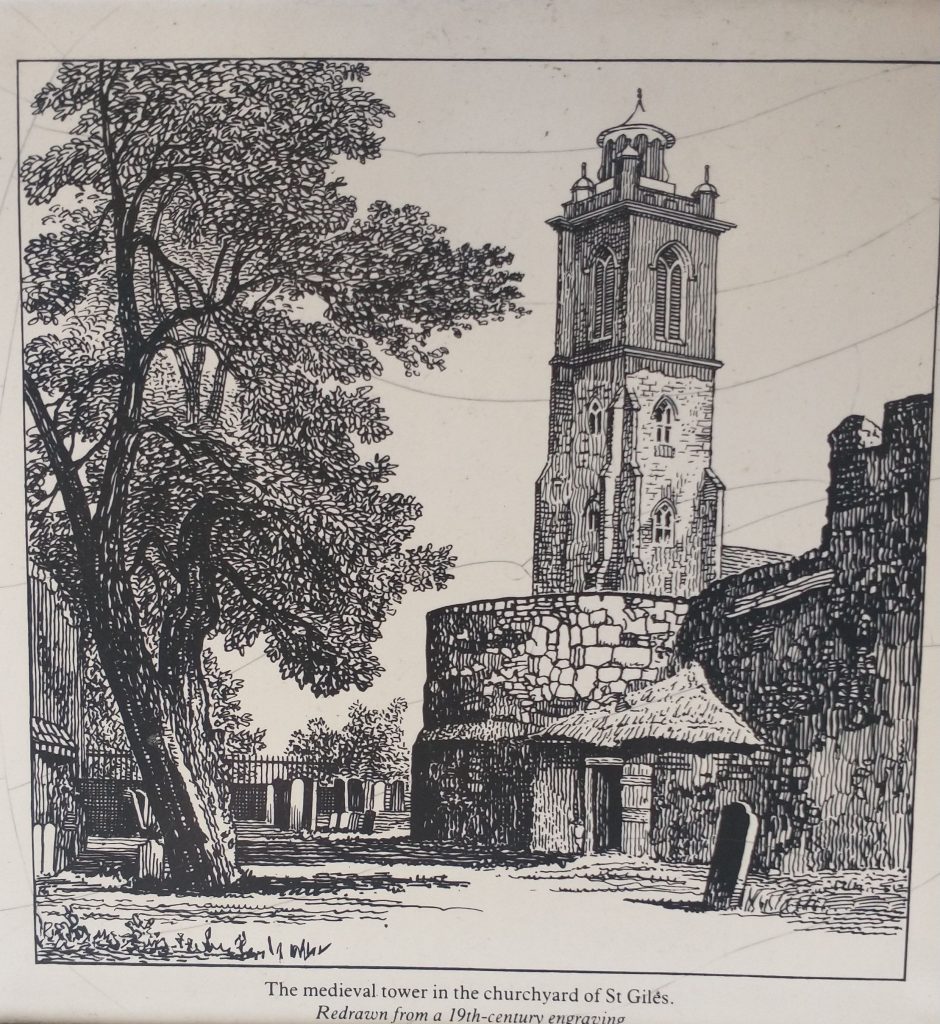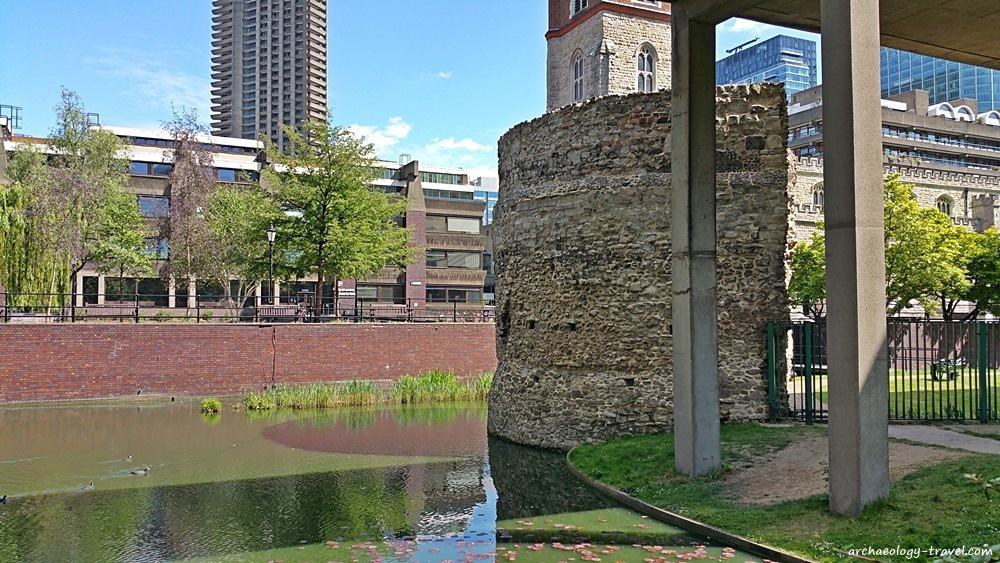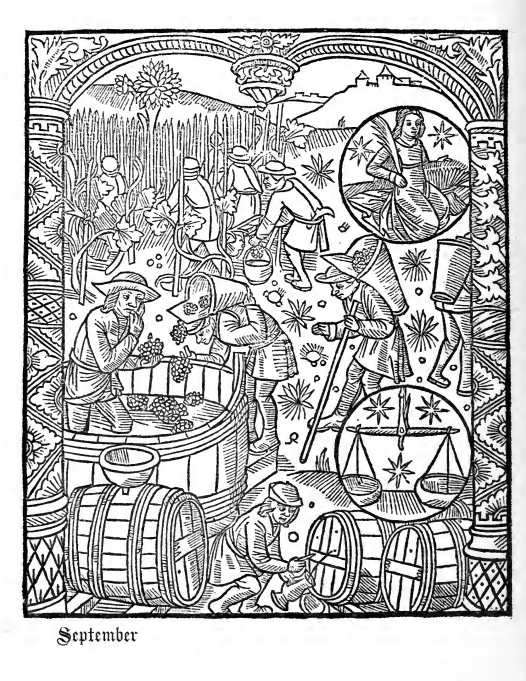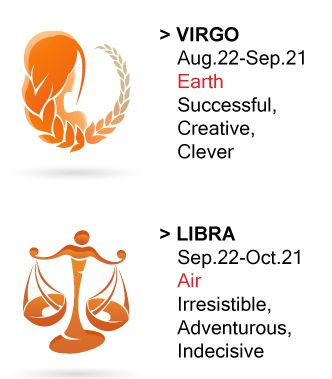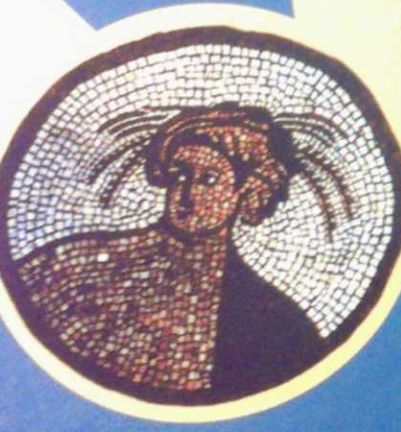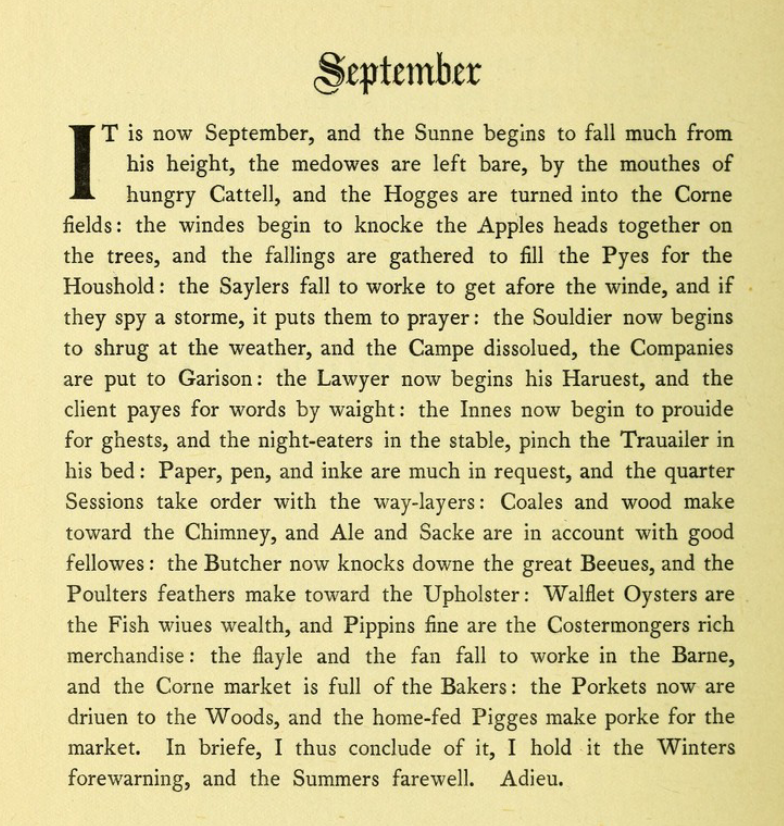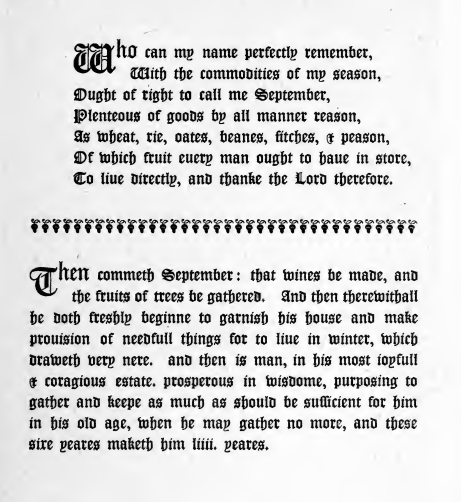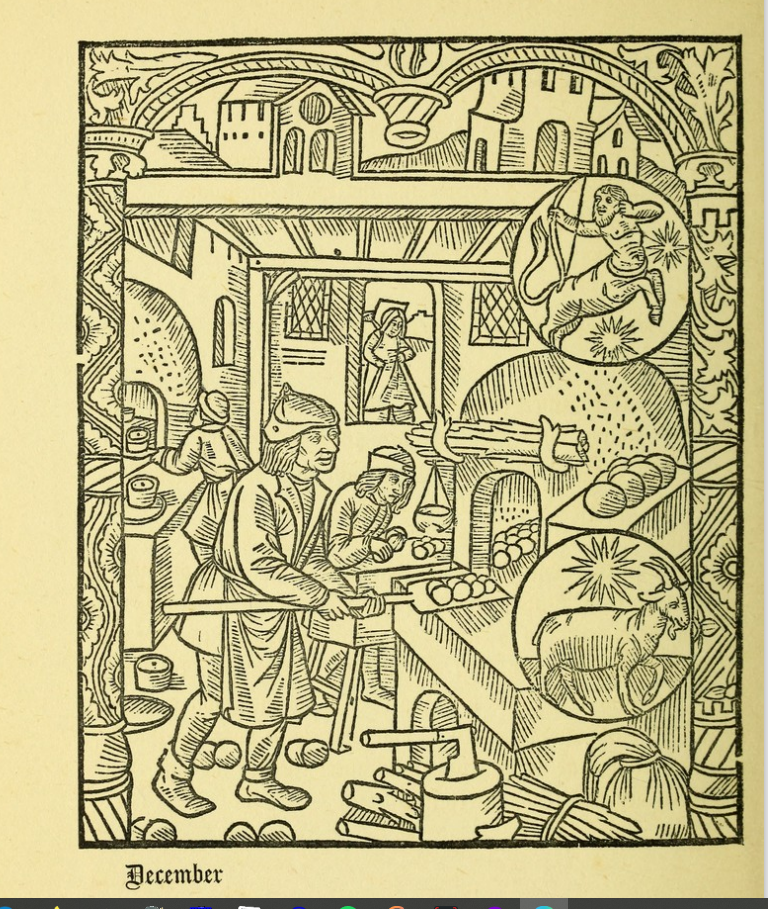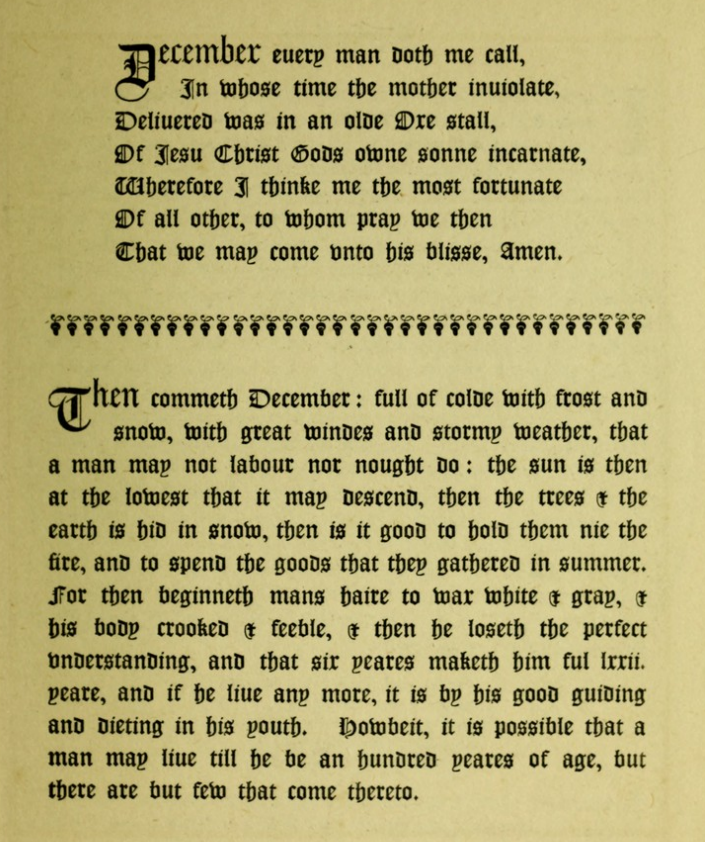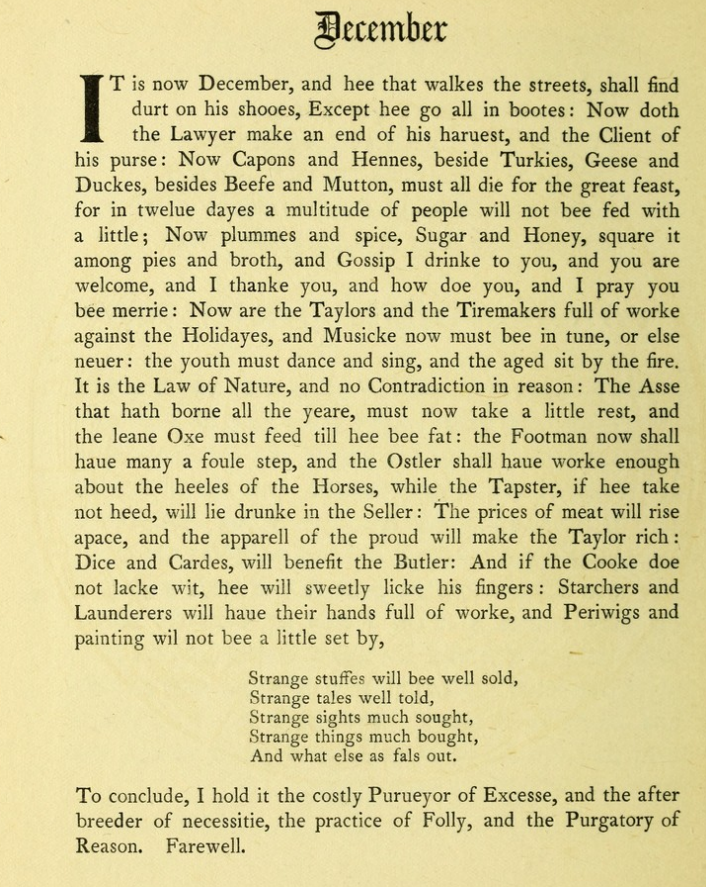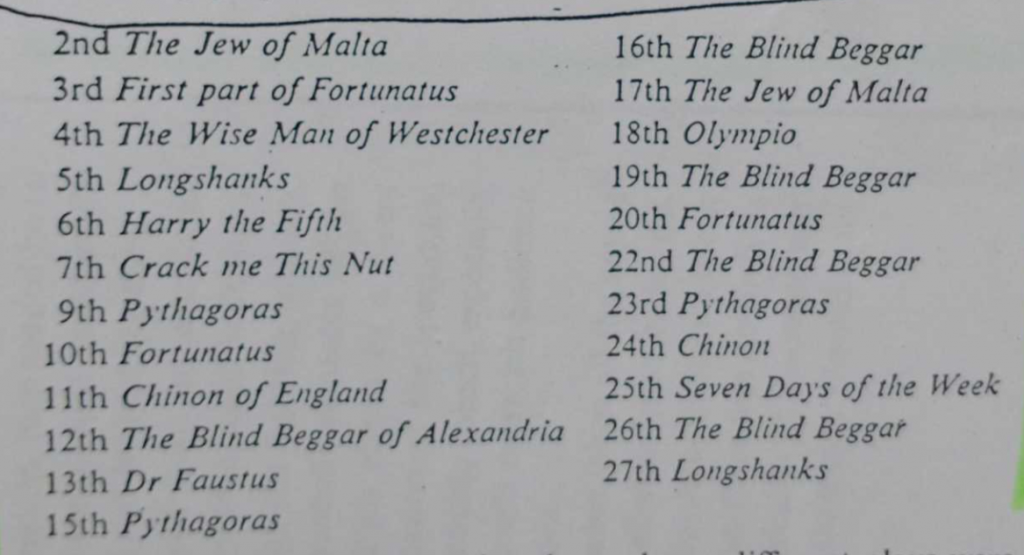
‘Crack me this Nut’ was performed by the Admiral’s Men at the Rose Theatre in Southwark, London. One of the dates it was performed was on September 25th 1595, and as you can see, above, it was also performed on February 7th 1596.
The play was performed 16 times in all, then sold by Edward Alleyn. Sadly, no one knows what it was about. It might relate to the sense of our phrase ‘a tough nut to crack.’ You can find the other dates it was performed, and the income generated in this blog from Henslowe’s papers.
The list of February dates for the Admiral’s Men is from my dossier for my Shakespeare’s London walks. I’m not entirely sure of the book I photocopied it from, but it derives from the wonderful archive of Philip Henslowe and his leading actor Edward Alleyn. Henslowe’s records were stored in a locked trunk for 260 years.
Last year, marked the completion of the project to bring this archive to the public. The Henslowe-Alleyn Digitisation project. As well as digitising the Archive, elements that had been separated from the original archive have been brought back, so the greatest archive of information on the Shakespearean theatre is now unified and available. It is an immense bit of news for the Shakespeare industry.
I searched the archive for ‘Crack me this nut’ but their search engine searches for anything that mentions ANY of the words, and as the word ‘this’ is in virtually everything in the archive, the search is effectively useless. Putting ‘Crack me this nut’ in quotes does not help. I have emailed them!
A subscriber sent me another link which has various speculations, and the following entry. For more read https://lostplays.folger.edu/Crack_Me_This_Nut
Master Ponsonby. Entred for his copie vnder the hands of the Wardens A booke
Intitled The Paragon of pleasaunt histories . . . vjd
Or this Nutt was neuer Cracked Contayninge a Discourse of a
nobl[e] kinge and his Three sonnes /
(S.R.1, 3.57 / Fol. 7)
This raises a possibility that it was not a comedy but a history or a tragedy.
I often use this list of plays performed in February 1596 in the walks and lectures I give on Shakespeare. It shows you how hard-working Shakespeare’s contemporaries were. The actor’s companies were essentially small repertory companies. This list shows that the Admiral’s Men performed 14 different plays, if I count correctly, in the short month of February. Moreover, the list is from a winter month. Now, the guides at the rebuilt Globe tell you the Shakespearian Playhouses were used in the Summer. No! This was deep winter and 23 performances in an outdoor theatre in February! Imagine what a modern actor would think of that work load.
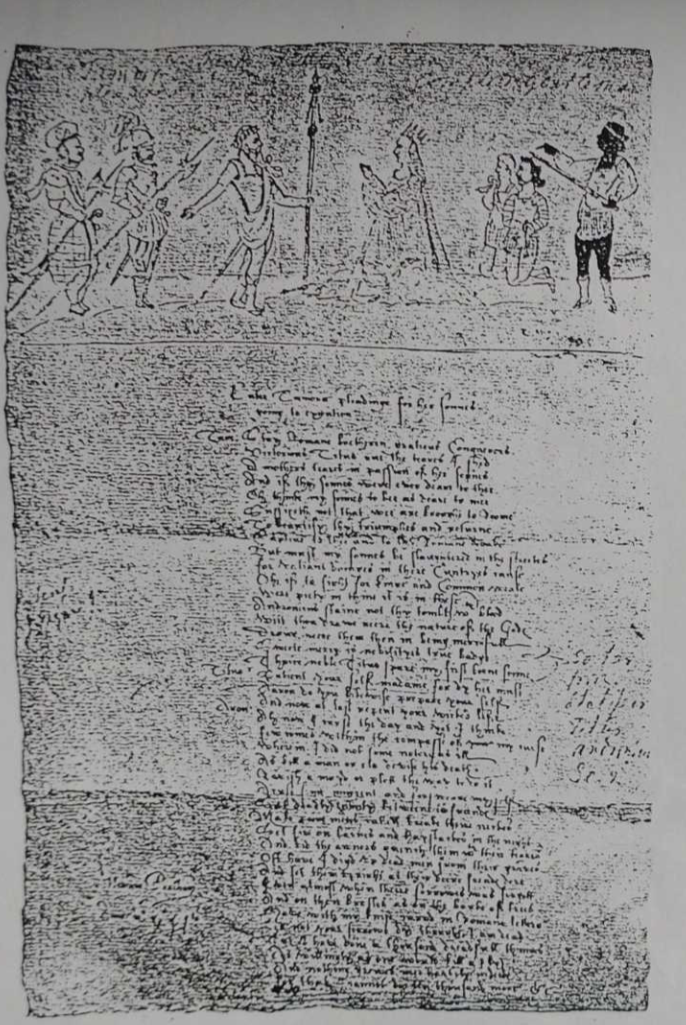
First published on February 7th 2023, and revised and republished on September 25th 2024


